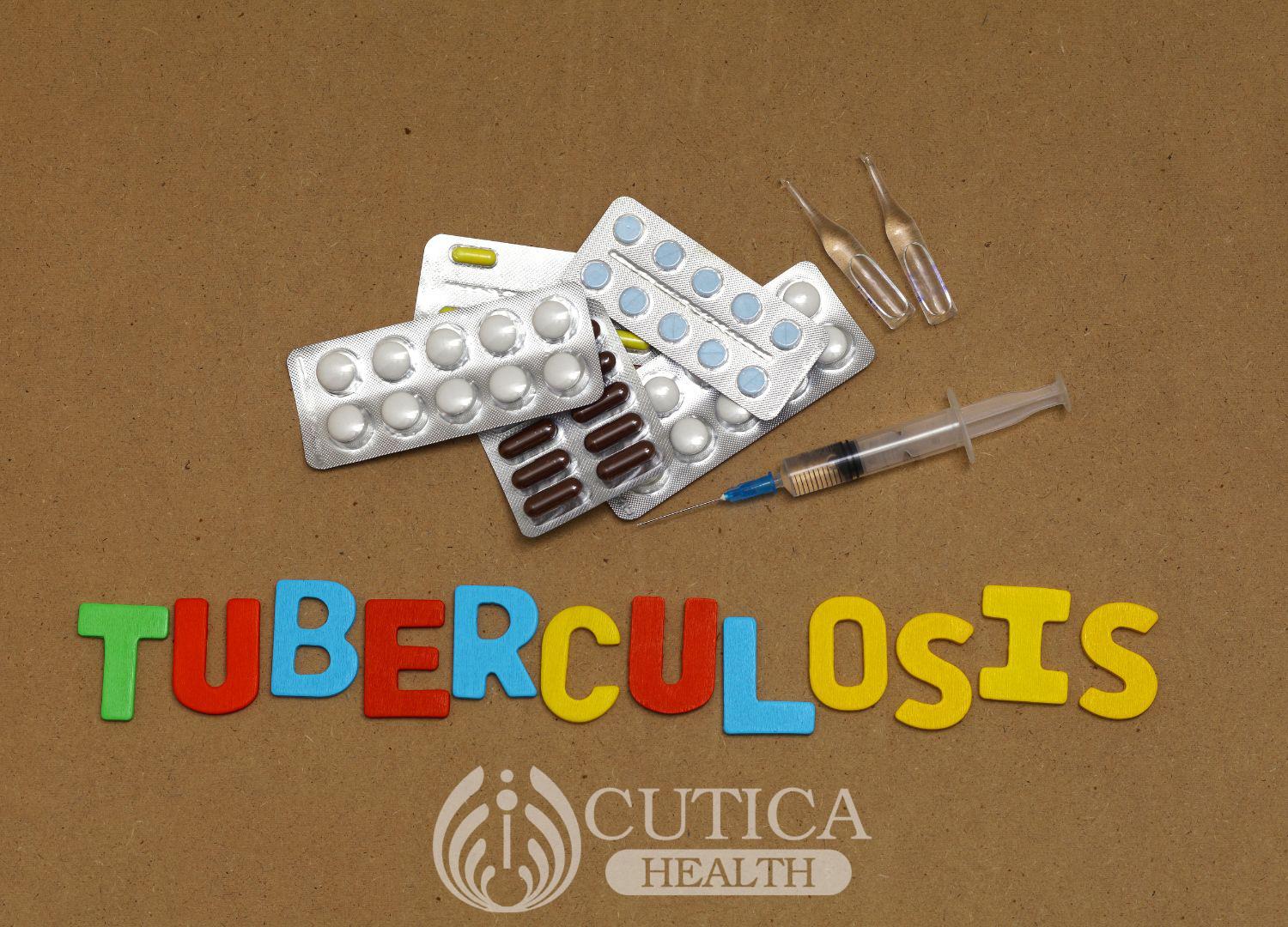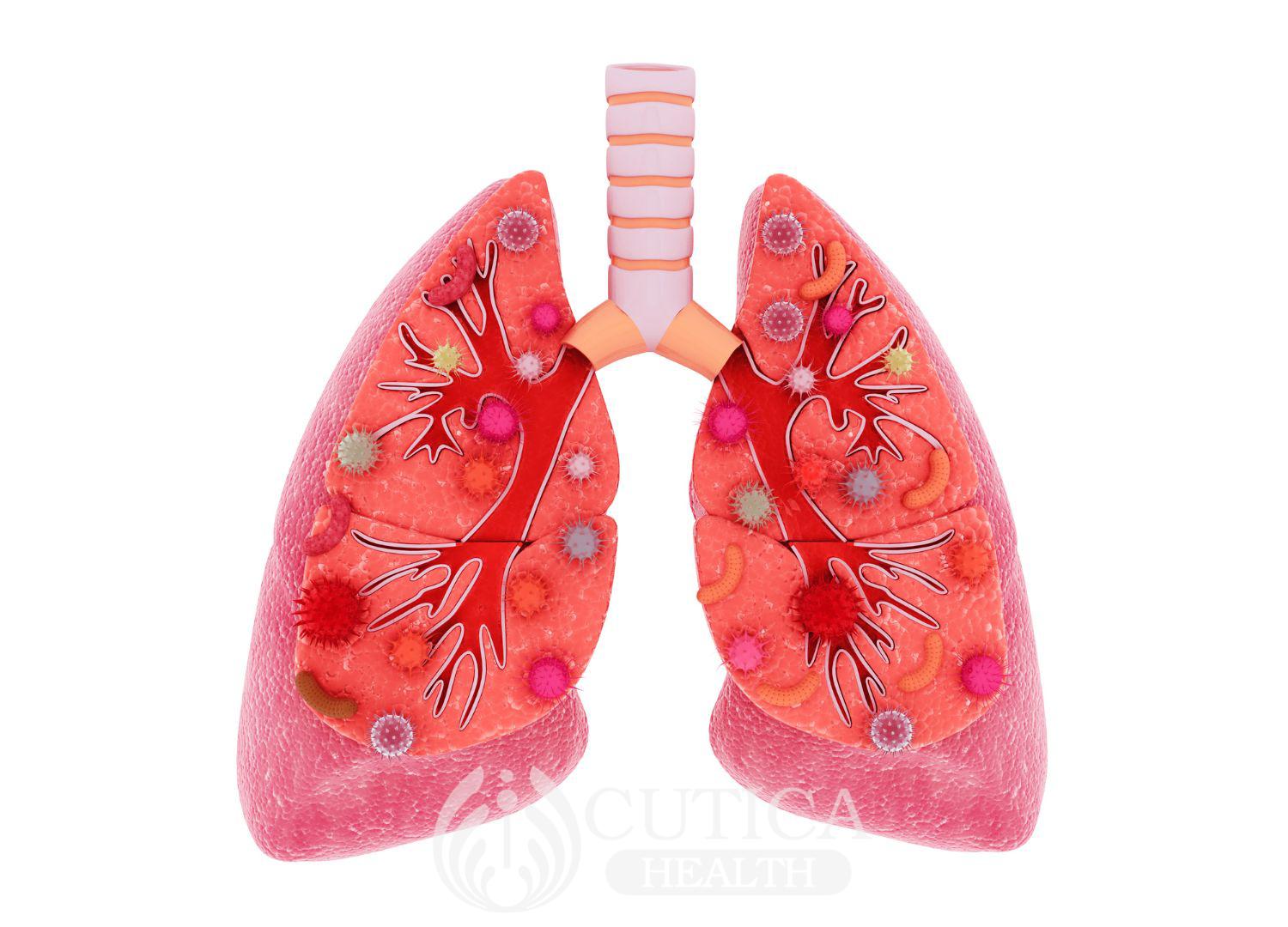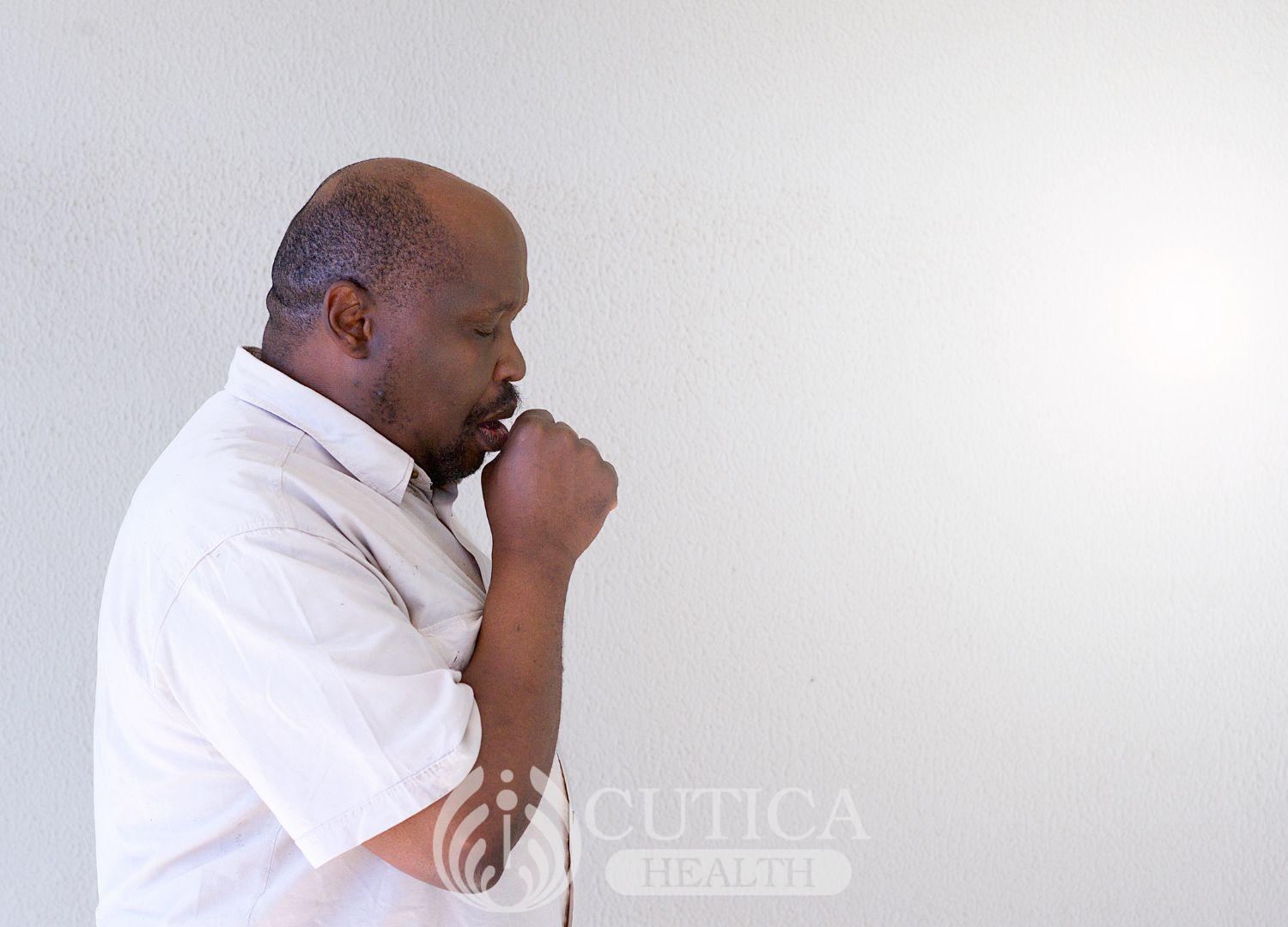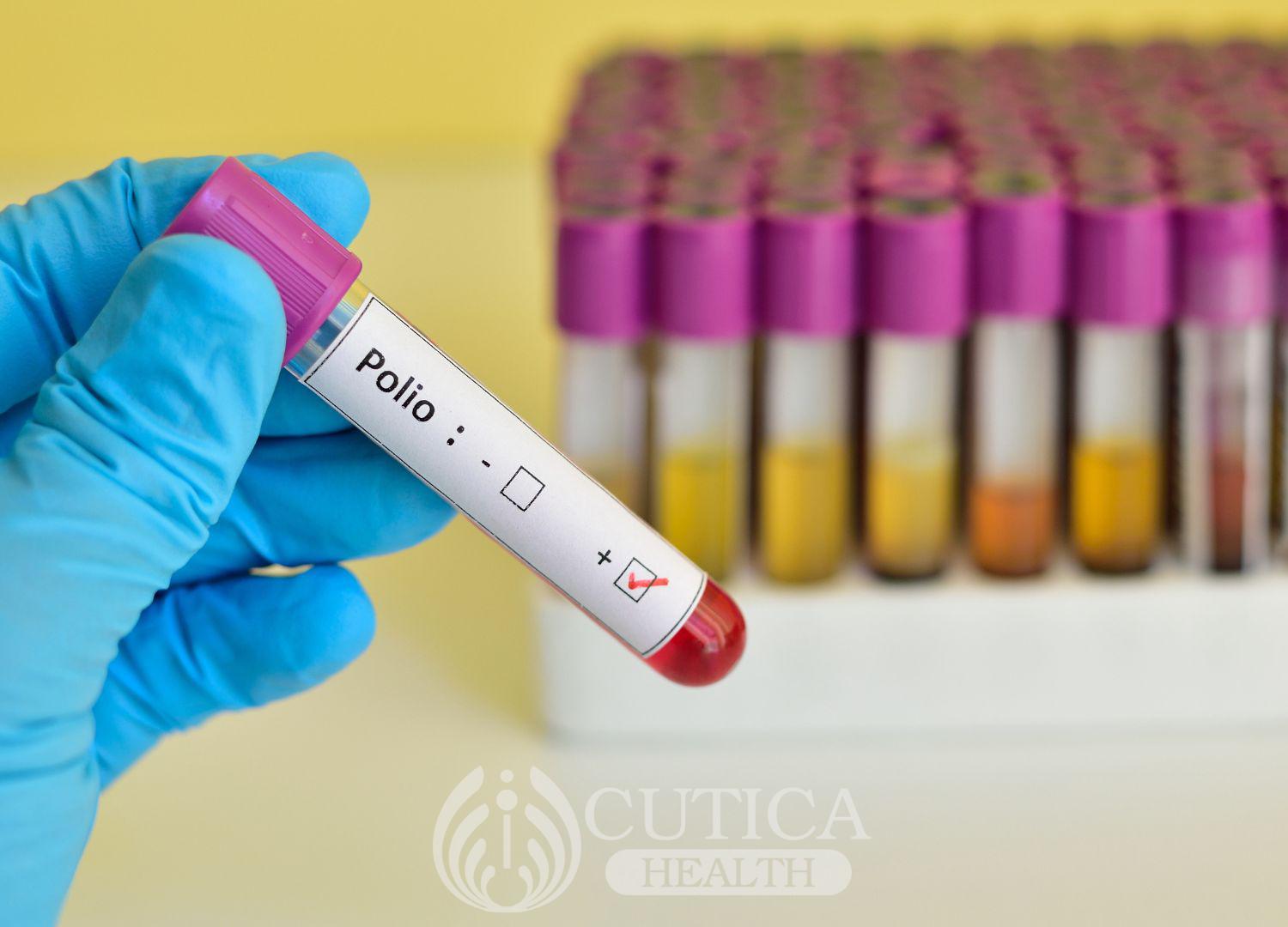
Tuberculosis is a bacterial infection that affects the lungs. It spreads through the air when an infected person coughs or sneezes. Multiple drug-resistant tuberculosis (MDR-TB) is a type of tuberculosis that is resistant to at least two of the most potent antibiotics used to treat tuberculosis - rifampicin and isoniazid.
Causes of MDR-TB
MDR-TB is caused by the same bacterium that causes tuberculosis, known as Mycobacterium tuberculosis .
Common reasons why TB becomes resistant to treatment include:
- Failure to correctly take a full course of TB treatment
- Inadequate prescription such as the wrong dose or duration of treatment
- Non availability of proper treatment
- Poor drug quality

Treatment of MDR-TB
While the symptoms of MDR-TB are like those of regular tuberculosis, treatment of MDR-TB is more complex than that of regular tuberculosis. It usually requires more drugs, and treatment can last up to two years.Side effects tend to be more severe. Patients must take their medication as prescribed and attend regular check-ups to ensure the treatment works.
Prevention of MDR-TB
The best way to prevent MDR-TB is to complete the full course of treatment for tuberculosis. This helps to prevent the bacteria from becoming resistant to the drugs used to treat it. People in contact with someone with tuberculosis should also be tested for the infection.

Conclusion
It is caused by a bacterium resistant to two of the most potent antibiotics used to treat tuberculosis. MDR-TB has symptoms like regular tuberculosis. The treatment of MDR-TB is more complex and can last up to two years with severe side effects. Prevention is vital, and completing the entire course of treatment for tuberculosis is the best way to prevent the development of MDR-TB.












